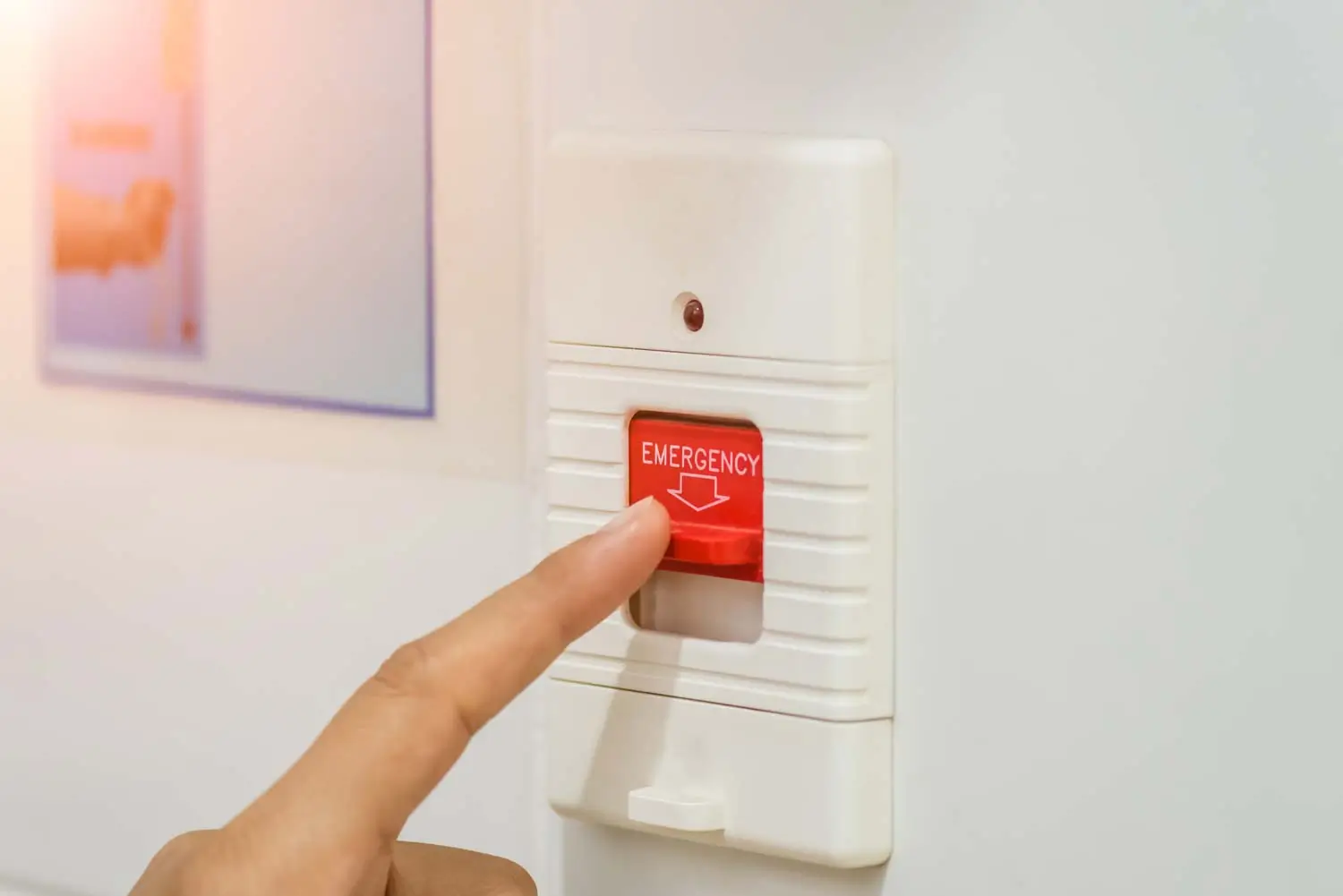The Workplace Violence Trap in Healthcare
“Security, assistance needed in room 123. Security, assistance needed in room 123”. This call is too often used for situations that clinical staff should have de-escalated. In a disturbing yet fast-growing trend, the security teams are called upon to de-escalate a situation. Why is this the case? Why is it that security is becoming the key to many facilities de-escalations process? The answer is simple, “The workplace violence trap.” The term workplace violence is linked to the security function, even though, in healthcare, workplace violence events have a greater occurrence among the clinical staff. Then how do we get around this trap? What is the solution?
In most cases, staff members do not feel comfortable dealing with situations they are not properly trained to handle. However, they also assume that security staff are properly trained to handle the event. Ultimately, all staff that could intervene in workplace violence situations should be trained to the same level of de-escalation techniques. If you’ve identified with this post, start the conversation with your leadership, as the sooner this trend is changed, the more effective your workplace violence prevention program will become.
A key to any effective training is the ability of the staff to recall and implement the training they receive. The de-escalation training for any organization should have the capacity to be reviewed or refreshed daily. Another key element for healthcare de-escalation is developing the training specifically for healthcare. Though the de-escalation techniques may be like other off-the-shelf programs, the need for healthcare specificity is essential. We all know the unique environment healthcare operates, and training developed specifically for healthcare is paramount. As I mentioned above, I will encourage you to research and look for training.







